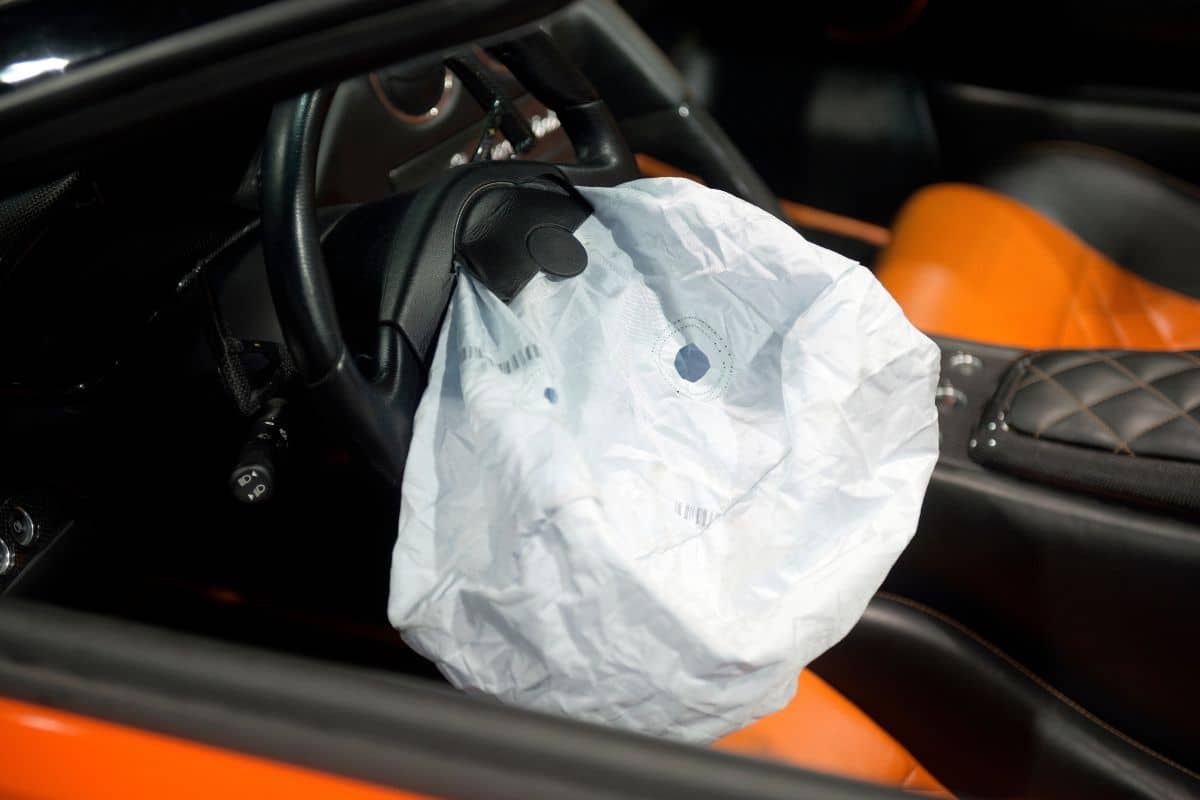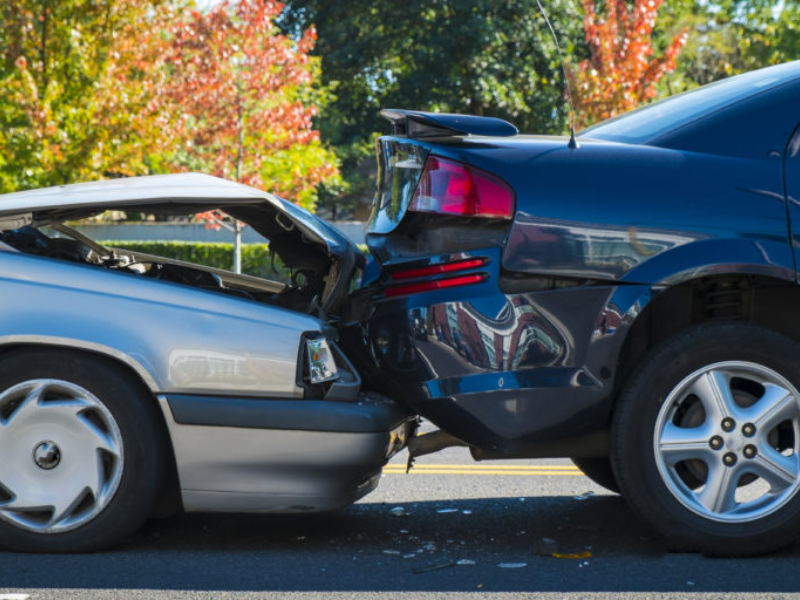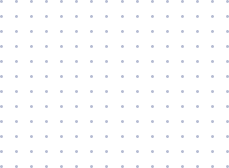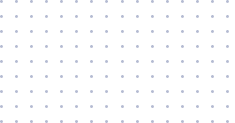When a driver rear-ends a stopped car at a light and pushes them into the vehicle ahead, fault determination gets tricky. This common multi-car accident scenario creates a complex legal web as injuries and claims mount. Unraveling liability when a chain reaction rear-ending involves 3 vehicles can be unclear.
How does California law assign blame when the front car is stopped, the middle car hits them while pushed forward, and the rear car initiates the crash? Assessing responsibility in 3 car rear-end collisions is key yet complex.
In this article personal injury attorney Kevin Crockett examines how liability is determined for rear-end crashes involving 3 vehicles in California. We’ll look at presumptions under the law, exceptions, and steps drivers can take to avoid being deemed at fault.
Understanding specifics around blame in these accidents allows motorists to drive safer and protect themselves if the worst occurs.
Liability Basics in Multi-Car Collisions
When multiple vehicles collide in succession, determining fault becomes increasingly complicated. However, there are some general liability principles and assumptions that provide a starting framework for unraveling responsibility in multi-car chain reaction crashes.
Gaining insight into legal basics around liability in pile-up style rear-endings gives drivers clarity on risks, potential scenarios, and steps to protect themselves if the worst happens.
Typical 3 Car Rear-End Collision Patterns
In a common multi-vehicle rear-end scenario, three cars line up. The front car stops, often due to traffic. The middle car doesn’t brake timely, hitting the front car and pushing it forward. Following this, the third car also fails to stop, crashing into the middle car, leading to a chain reaction involving all vehicles.
Legal Presumption of Partial or Full Liability on Trailing Vehicles
In California chain-reaction rear-end collisions, the trailing vehicles are generally presumed liable for not maintaining safe distance and reacting timely. The law assumes these cars had a duty to avoid the crash, making them likely responsible under state regulations.
Exceptions Such as Mechanical Failure That Can Alter Assumed Trailing Car Fault
Exceptions can shift liability away from the rear vehicle in cases like sudden stops without reason, or unexpected brake failure. If evidence shows the trailing cars couldn’t reasonably avoid the collision, their presumed fault may be nullified.
By understanding basics around multi-vehicle liability, drivers take added precautions, document evidence, and protect their rights in rear-end pile-ups.
Assessing Fault in 3 Car Rear-End Scenarios
When it comes to assigning liability in a 3 vehicle rear-ending accident, fault determination depends heavily on the specific circumstances and available evidence. However, investigators follow some general guidelines.
Front Stopped Car Exceptionally Faulted Only If Illegally Positioned
- The front vehicle in a rear-end chain reaction is typically not considered negligent if fully stopped legally at a traffic light, stop sign, or in congested traffic.
- The exception is if the front vehicle was illegally and unsafely stopped in a way that directly led to the collision, such as intentional double-parking blocking lanes.
- Barring clear unlawful stopping, the lead vehicle usually bears no fault.
Middle Car Must Demonstrate Efforts to Prevent Striking Front Vehicle
- The middle vehicle in a 3-car rear-end collision must show they took swift evasive actions to avoid hitting the front car after being impacted.
- Their potential liability depends on evidence such as maintaining a safe following distance, efforts to decelerate, and leaving enough room for the rear car to stop.
- The middle car’s degree of fault is determined by proof of the crash being unavoidable.
Rear Car Presumed Majorly Liable Barring Special Circumstances
- The rearmost vehicle is usually presumed primarily liable in chain reaction rear-end accidents due to failing to stop in time.
- Mitigating factors, like the middle vehicle stopping suddenly or the rear car’s mechanical brake failure, can influence fault distribution.
- The rear vehicle must provide strong evidence of these circumstances to reduce their liability.
Witness Statements and Physical Evidence Critical
- Accurate fault determination relies heavily on eyewitness statements and physical evidence such as skid marks and vehicle damage patterns.
- Comprehensive investigations use all available data to reconstruct the accident sequence and assign comparative negligence among the vehicles.
Strategies to Avoid Liability Maintain safe following distance at all times
While chain reaction rear-end accidents can happen unexpectedly, there are proactive practices all drivers can follow to minimize chances of being deemed liable when multi-vehicle pile-ups occur.
- Maintain at least 3-4 seconds of following distance at all times
- Stay focused and attentive to traffic flows ahead
- Immediately get contact information of any witnesses
- Promptly consult an experienced accident attorney if any liability questions arise
FAQs
Is the front car ever liable in a 3 car rear-end accident?
No, the front stopped car is generally not at fault unless proven to have stopped illegally.
What if the middle car didn’t have time to prevent rear-ending the front car?
The middle car must provide evidence like safe following distance and braking efforts to avoid liability.
Can the final car be exempt from fault in a rear-end chain reaction?
Yes, if the final car can prove mitigating circumstances like mechanical failure caused the inability to stop.
Does the car that initiated the rear-end always hold fault?
No, culpability tends to fall more on the final car but depends on evidence.
What evidence can reduce liability in multi-car rear-endings?
Eyewitness accounts and physical evidence like skid marks can help prove unavoidable collisions.
Should the middle vehicle maintain extra distance from the front car?
Yes, additional distance gives more time to react and avoid striking the lead car.
Can I be deemed partially at fault in a 3 car rear-ending?
Yes, comparative negligence may apply, assigning percentages of fault based on investigatory findings.
Will insurance claims affect fault determination?
Insurance claim investigations may influence but official police reports establish liability.
What if accounts conflict on how the rear-ending occurred?
Physical evidence and independent witnesses help reconstruct the sequence when versions differ.
Is hiring a lawyer recommended after a 3 car pile-up?
Consulting an attorney helps protect your rights if there are liability disputes and severe damages.
Seek Expert Counsel After a Multi-Car Accident
It’s important to understand that unraveling fault and liability after a complex 3 car rear-end collision can be legally challenging. With police investigations, insurance claims, and potential lawsuits, guidance from an experienced law group proves critical.
Don’t try to navigate a disputed liability case alone. Orange County personal injury lawyer Kevin Crockett at Crockett Law Group can provide sound counsel and advocacy after multi-vehicle accidents.
Contact us at (800) 900-9393 or through our secure online form for a free case review. Let our Irvine car accident attorneys help guide you through the fault determination process, offering expertise, reassurance, and protection of your rights.
We make your peace of mind our top priority.




